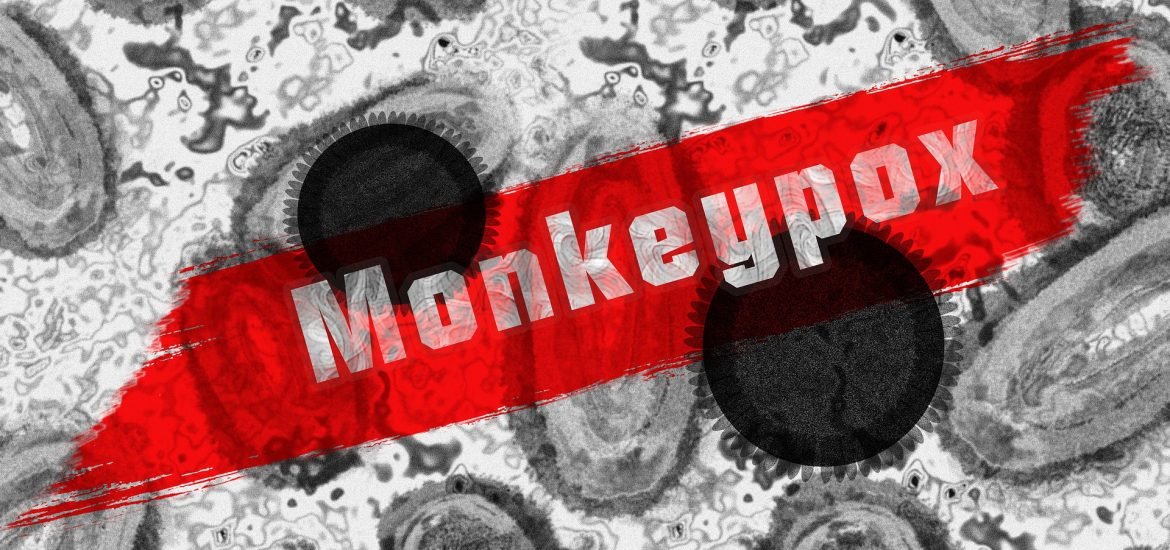
Like Covid-19, the developing monkeypox outbreak likely had its origins in wild animals, following the pattern of an estimated 70 per cent of emerging diseases that cross between species.
And while disease reservoirs in wild and free-roaming animals are particularly challenging to control and eliminate, advances in animal health for pets and livestock offer useful lessons for better public health defences based on the interconnected principles of “One Health”.
In many developed economies around the world, serious disease outbreaks among livestock and pets are relatively uncommon, short-lived, and easily controlled, posing little risk to people. Europe, for example, has not seen a major zoonotic disease emerge from livestock since Q Fever more than a decade ago.
In the first instance, this is down to improvements in animal vaccination and vaccine uptake. Smallpox vaccines may be effective in reducing the threat of monkeypox in people, but more effective would be to control the virus at the source.
For example, a vaccine against rabies for dogs that costs as little as $1 each has allowed dozens of countries across Europe, North America, and Latin America to eliminate the virus.
With 99 per cent of human rabies cases starting with a bite from an infected dog, countries with high levels of canine vaccination see very few human cases of rabies.
Vaccinating wild and free-roaming animals is an enormous logistical challenge and requires extensive and dedicated programs, but vaccinating at least 70 per cent of dogs is enough to create herd immunity to control the disease.
Innovations in veterinary vaccines make it possible to limit the spread among wild carriers. For example, in the US, oral vaccine bait is distributed in habitats across several states for foxes and other animals, and the same principle can be applied in theory to control diseases in other species and in other countries. Five cities in Thailand piloted oral rabies vaccines for wild and free-roaming dogs in 2020 and have since reported no outbreaks of the disease.
Beyond vaccines, the Covid-19 pandemic also demonstrated the importance of tracking the spread of infection to help direct resources appropriately, and systems for notifiable diseases in livestock also exist nationally and globally.
As the World Health Organization (WHO) progresses plans for a pandemic prevention treaty, more investment into surveillance and monitoring among wildlife is essential given both its importance and complexity. As well as the threat to people, infected wild animals are often responsible for spreading livestock diseases such as avian flu, which recently led to the culling of millions of birds across Europe and the US.
As some viruses do not affect the wild animals that carry them, proactive testing and monitoring is necessary, with scientists developing a Covid-19 test for bat droppings that can help track the virus while removing the risk of handling wild animals.
Finally, the livestock sector has also refined effective hygiene and biosecurity measures that confine diseases as they emerge.
By compartmentalising geographical areas of infection and limiting the movement of animals within designated zones, outbreaks can be contained without impacting entire countries.
Similar strategies can be deployed to control diseases originating in wild populations, such as African swine fever, which caused Germany and Denmark to put up border fences to prevent wild boar from spreading the disease.
However well disease is controlled, the risk of an outbreak is never zero as long as a reservoir exists somewhere in the world, which is why the veterinary innovations developed for domestic animals must be scaled up, particularly in the Global South.
As the World Health Organization (WHO) and partners develop a pandemic prevention treaty, it is critical that animal health, and specifically wildlife health, is given equal resources and provision to avoid disease blind-spots that, in threatening animals, also threaten people and planet.
Image par Gerd Altmann de Pixabay
Further reading
A year of Covid-19 offers lessons for managing the human-animal-environment relationship
Why the pandemic should give pause for thought over sustainable pet ownership